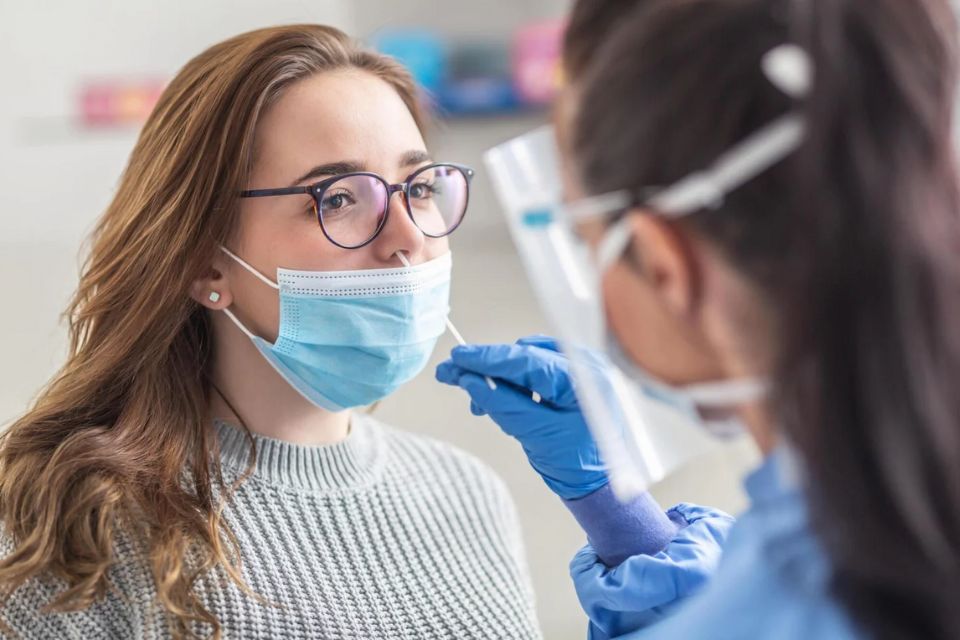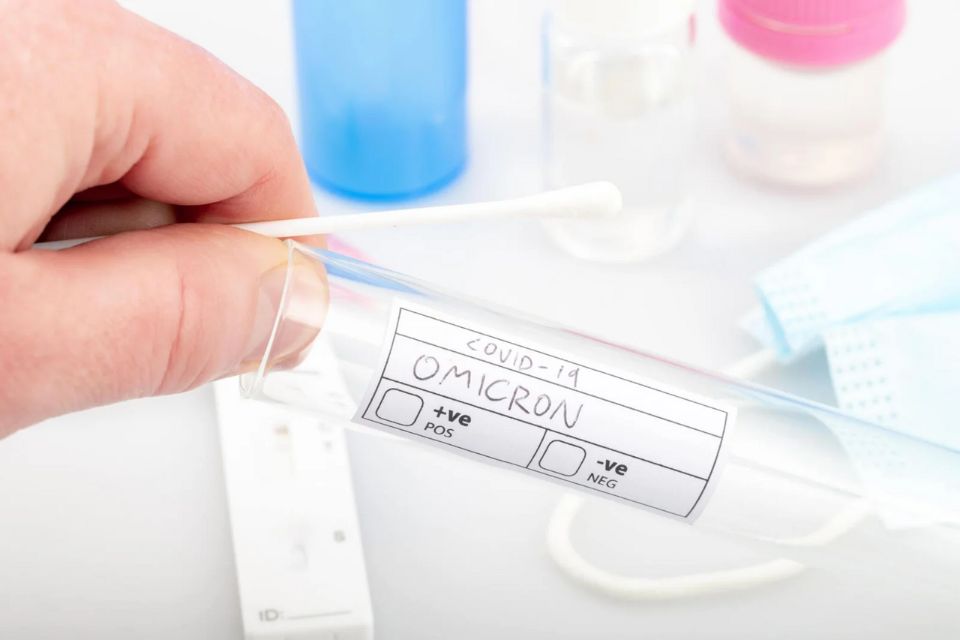The Gentle Approach: OP/Na Swabbing for Comfortable COVID-19 Surveillance

What is OP/Na swabbing?
OP/Na swabbing, or oropharyngeal and nasal swabbing, is a minimally invasive method for detecting SARS-CoV-2, the virus that causes COVID-19. It involves taking a combined sample from the back of the throat and one nostril using a single swab. This approach aims to maximize the chances of viral detection while minimizing discomfort compared to the standard nasopharyngeal swab.
Why is an alternative to nasopharyngeal swabbing needed?
The nasopharyngeal swab, which involves inserting a swab deep into the nasal cavity, has been widely adopted as the gold standard for COVID-19 diagnosis. However, its invasiveness can cause significant discomfort, leading to potential non-compliance and reduced participation in mass screening programs. As societies adjust to a new normal amid the pandemic, there is a pressing need for transformative approaches to SARS-CoV-2 testing that balance sensitivity and comfort.
How does OP/Na swabbing compare to other methods?
While saliva and oropharyngeal swabbing alone have shown promising results in some studies, their sensitivity for detecting SARS-CoV-2 remains debated. Nasal swabs offer reasonable sensitivity but may not capture individuals with low viral loads. By combining oropharyngeal and nasal sampling, OP/Na swabbing aims to harness the strengths of both techniques while maintaining high specificity and retaining most of the sensitivity of nasopharyngeal swabbing.
Putting OP/Na swabbing to the test
To evaluate the acceptability of OP/Na swabbing, the Western Australian Government conducted a prospective observational cohort surveillance study in 79 schools across the state between June and September 2020. The study involved swabbing 5,903 asymptomatic students and 1,036 asymptomatic staff across 40 schools, with some participants being swabbed multiple times.
What did the study find?
The study found that OP/Na swabbing was highly acceptable among participants. 71% of students reported no or minimal discomfort, and most were willing to be swabbed again, with only a 4% refusal rate. Importantly, the study detected no positive cases for SARS-CoV-2, which was consistent with the low community transmission in Western Australia at the time.
Implications for mass screening programs
The high acceptability and repeatability of OP/Na swabbing observed in this study suggest that this minimally invasive approach could be a valuable tool for ongoing, voluntary mass screening programs. By significantly increasing the willingness to participate, OP/Na swabbing may help combat non-compliance rates and support the continuation of essential activities, such as education, while mitigating the risks of COVID-19 transmission.
Looking ahead: The role of OP/Na swabbing
While OP/Na swabbing may not be suitable in settings where maximum sensitivity is paramount, such as entry screening for nursing homes, the study demonstrates its potential in schools and similar environments. As societies navigate the evolving landscape of the COVID-19 pandemic, minimally invasive testing methods like OP/Na swabbing could play a crucial role in promoting public confidence and facilitating the safe reopening of institutions.
Click to View → Mantacc 93050C OP swabs
References
Acceptability of OP/Na swabbing for SARS-CoV-2: a prospective observational cohort surveillance study in Western Australian schools
Related Post
The Essential Guide to Understanding OP Swabs









